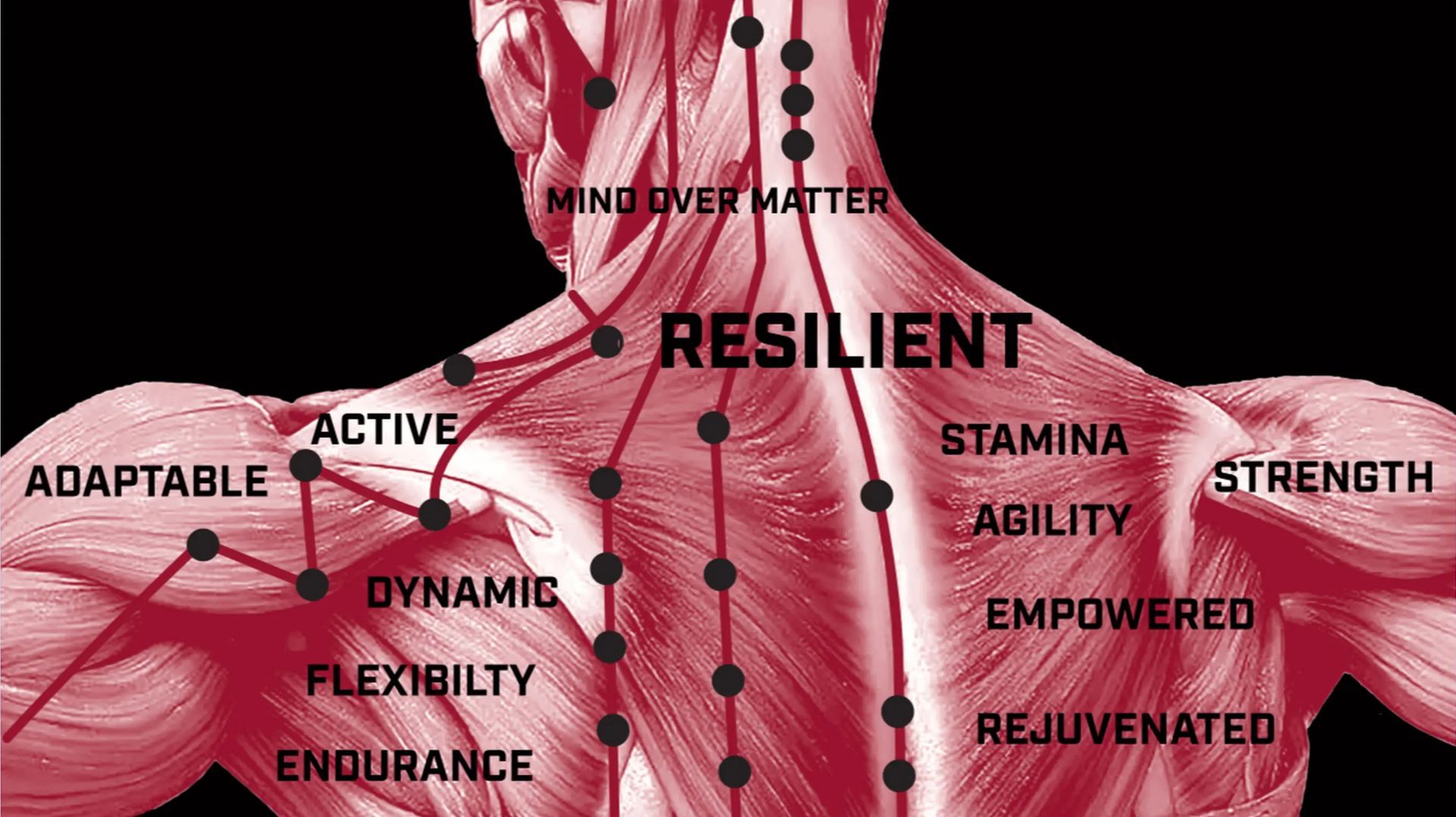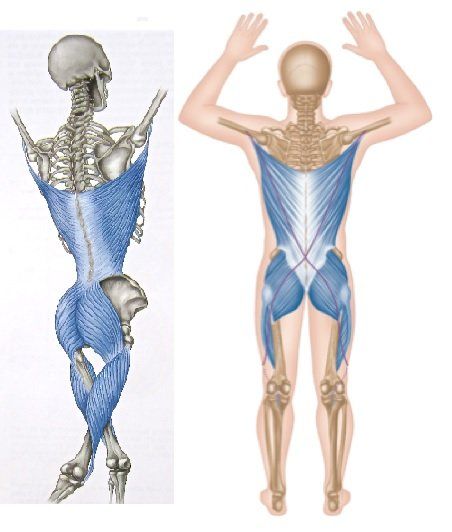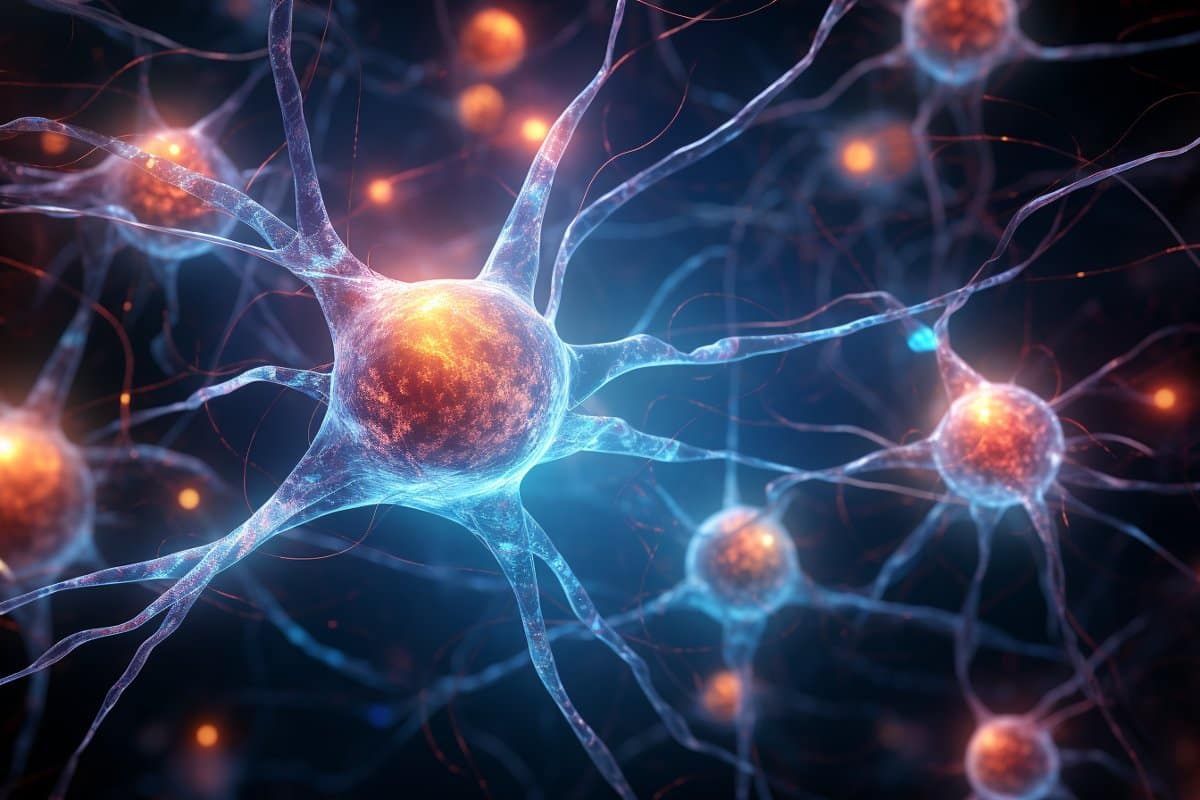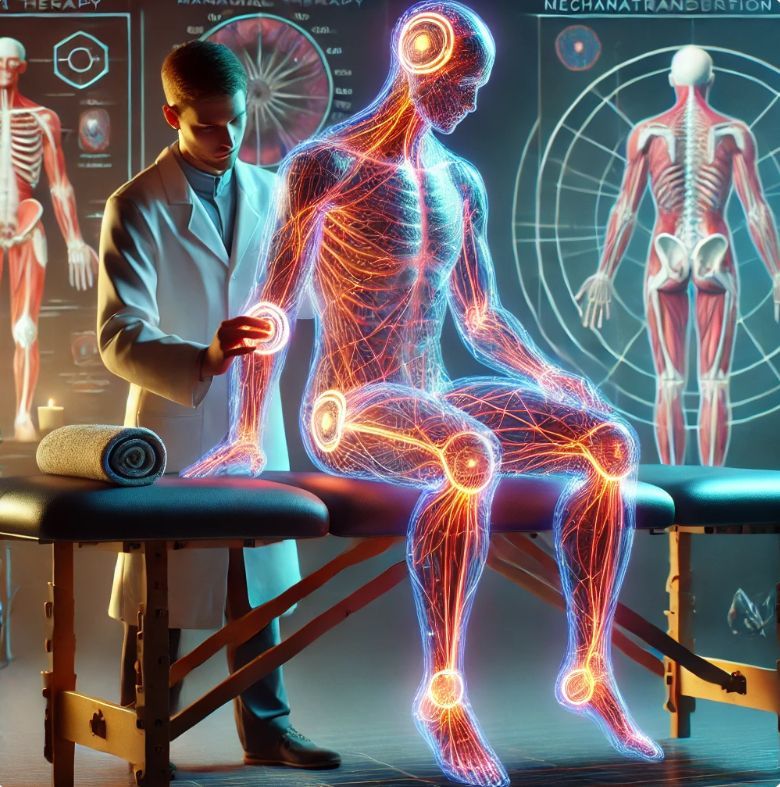The Hayflick Limit & Histological Entropy:
Insights into Bodybuilding & Exercise Variability
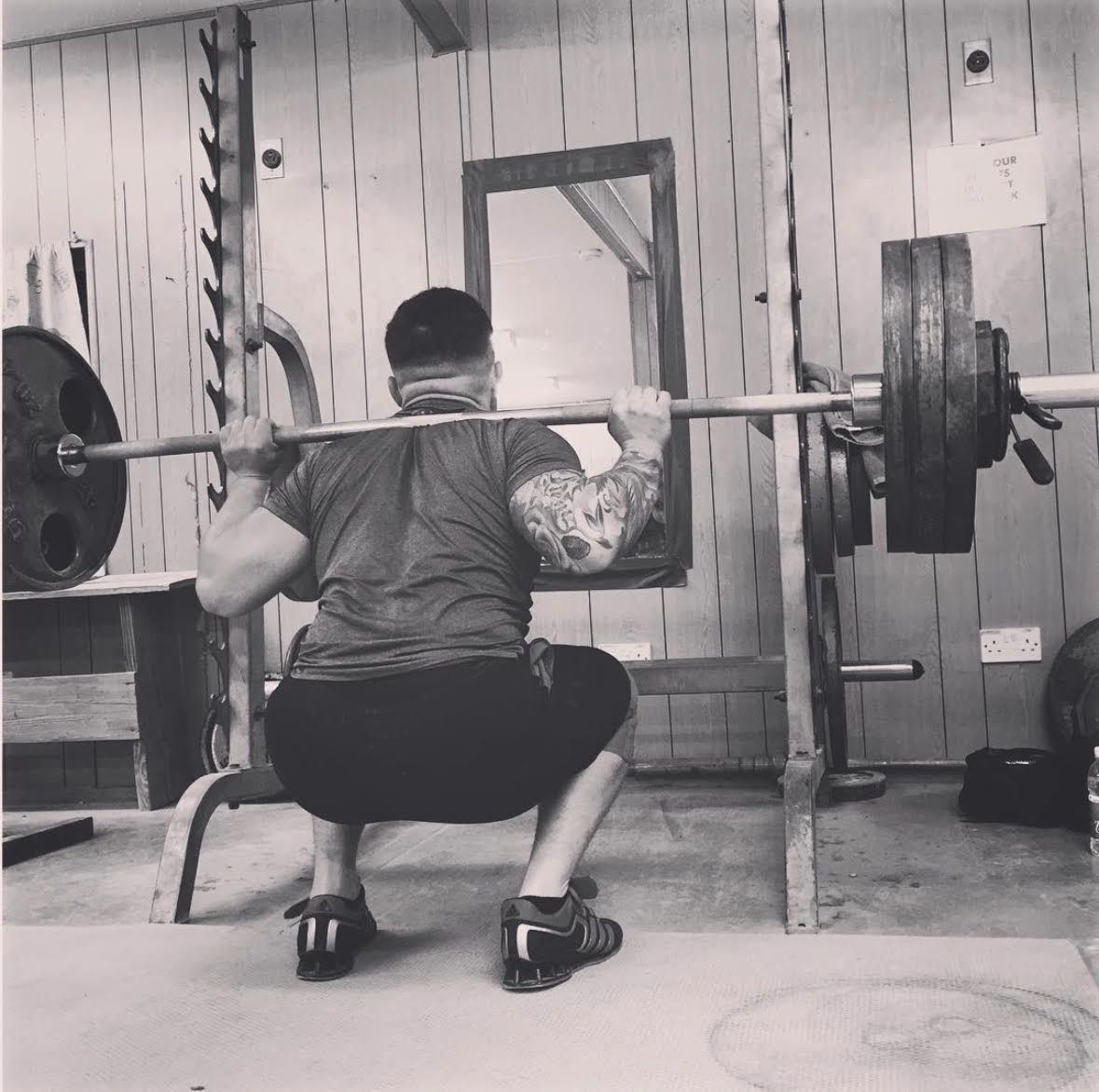
Introduction
The Hayflick limit and the concept of histological entropy provide critical insights into how traditional training paradigms, such as bodybuilding, can lead to tissue dysfunction and premature aging when variability and tissue-specific demands are neglected. These principles underscore the importance of movement variability and multidirectional training for maintaining tissue adaptability, functional health, and longevity.
The Hayflick Limit in Training
The Hayflick limit describes the finite number of cell divisions (approximately 50) before cells enter senescence, where they no longer divide but remain metabolically active (Hayflick, 1965). Senescence protects against mutations, yet mechanical stress without variability can accelerate tissue dysfunction, even in the absence of telomere shortening.
In traditional bodybuilding, the repetitive, isolated movements such as bench presses, squats, or bicep curls focus on hypertrophy but can:
- Cause Accommodation: Tissue becomes overly adapted to repetitive stress, limiting its ability to respond to novel demands. For example, performing only forward squats without adding lateral lunges or rotational movements can leave connective tissue in the hip and knee underprepared for multidirectional stresses.
- Damage Architecture: Overloading specific tissue zones leads to structural imbalances, leaving underutilized areas vulnerable to dysfunction. For instance, an overemphasis on deadlifts can create excessive tension in the posterior chain while neglecting the anterior chain and lateral stabilizers, leading to back pain and instability.
Histological Entropy: A Warning for Constrained Exercises
A key finding by Weinstein and Ciszek (2001) revealed that increased histological entropy—a loss of cellular organization—leads to senescence without a decrease in telomere length. This highlights how constrained, repetitive exercises can cause:
- Tissue Dysfunction: Rigid movement patterns overload specific zones while neglecting others, creating microdamage and disorganization. For example, repeatedly performing overhead presses without strengthening end ranges or scapular stabilizers can lead to shoulder dysfunction.
- Premature Aging: Even without telomere shortening, tissue architecture degrades under repetitive stress, reducing mechanical efficiency and adaptability.
- Diminished Positional Afference: Constrained exercises like machine leg extensions restrict the nervous system’s ability to sense and adjust joint positions, perpetuating a cycle of dysfunction and entropy.
The Problem with Linearized Bodybuilding
While bodybuilding offers benefits such as muscle hypertrophy and aesthetic improvements, its drawbacks include:
- Neglect of Connective Tissue and Fascia
- Repetitive movements fail to stimulate fascia’s multidirectional adaptability, increasing the risk of adhesions and dysfunction (Myers, 2009).
- For instance, focusing solely on bench presses and neglecting horizontal pulling exercises like rows can lead to poor thoracic mobility and scapular instability.
- Reduced Movement Variability
- Tissues like ligaments and joint capsules require diverse loads to maintain health. Linear bodybuilding restricts this variability, leaving tissues underprepared for functional demands.
- For example, performing only barbell back squats without incorporating unilateral movements like step-ups or split squats reduces joint adaptability.
- Imbalance in Adaptation
- Muscle strength outpaces connective tissue resilience, leading to joint instability or tendinopathy.
- Over-reliance on hamstring curls, for example, can neglect lateral stabilizers in the knee, contributing to ligament injuries during dynamic activities.
Why Movement Variability is Essential?
1. Multidirectional Stimuli for Tissue Health
Varied movement challenges all zones of tissue, promoting balanced adaptation and reducing entropy. For example, incorporating rotational lunges or kettlebell swings exposes tissues to diverse forces, ensuring comprehensive remodeling.
2. Restoring Positional Afference
Non-linear exercises like crawling patterns or Turkish get-ups improve proprioception and enhance neuromuscular efficiency, restoring the nervous system’s ability to sense and coordinate movement.
3. Resilience Against Senescence
Variability disrupts repetitive loads, delaying tissue senescence and preserving histological integrity. Multiplanar training enhances tissue elasticity and functional adaptability.
Evidence Supporting Tissue-Specific and Variable Training
- Fascia’s Role in Movement
Fascia, as a tension-transmitting network, thrives on multidirectional loading. Myers (2009) emphasized that varied stimuli prevent adhesions and maintain tissue elasticity. Exercises like lateral shuffles or rotational medicine ball throws can better engage fascia compared to linear movements alone. - Tendon and Ligament Adaptation
Tendons require varied loads to stimulate collagen remodeling and enhance stiffness (Magnusson et al., 2010). Neglecting these tissues in bodybuilding—such as performing only bicep curls—leaves tendons underprepared for dynamic movements like throwing or pulling. - Neuromuscular Control
Training variability improves joint stability and proprioception, reducing injury risk and enhancing functional movement (Myer et al., 2008). Incorporating single-leg balance drills or unstable surface training can address neuromuscular deficiencies caused by repetitive movements like barbell deadlifts.
Practical Strategies to Reduce Histological Entropy and Enhance Variability
- Incorporate Multi-Planar Movements
Replace constrained exercises with functional movements that challenge multiple planes of motion. For instance, replace strict front-to-back rows with rotational pulling exercises like cable woodchops. - Vary Loading Parameters
Use different tempos, ranges of motion, and loading types (e.g., isometric holds, eccentric emphasis) to promote balanced adaptation. Instead of always performing heavy deadlifts, incorporate isometric glute bridges or eccentric hamstring sliders. - Blend Strength and Mobility Training
Combine traditional strength exercises with mobility drills to ensure connective tissue resilience and joint health. A good example is alternating heavy squats with hip mobility flows or end-range isometric holds. - Strengthen End Ranges
Functional Range Conditioning (FRC) techniques enhance joint capsule and ligament strength in end ranges, improving tissue organization and adaptability. Exercises like controlled articular rotations (CARs) for hips or shoulders provide this necessary stimulus.
Conclusion
The Hayflick limit and the concept of histological entropy illustrate the dangers of repetitive, constrained exercises like those common in bodybuilding. Movements such as machine chest presses, barbell squats, or lat pulldowns, when over-relied on, can lead to tissue dysfunction, premature aging, and reduced adaptability, even when cellular viability is preserved.
By prioritizing movement variability and tissue-specific training, practitioners can combat the effects of histological entropy, enhance tissue integrity, and promote sustainable, functional fitness. Functional Range Systems (FRS) principles advocate for variability and multidirectional stimuli to optimize long-term health and performance.
References
- Hayflick, L. (1965). The limited in vitro lifetime of human diploid cell strains. Experimental Cell Research, 37(3), 614–636. https://doi.org/10.1016/0014-4827(65)90211-9
- Kundrotas, P., Žitkienė, A., & Valantinas, J. (2012). Histoentropy: The new factor in tissue remodeling and its relation to aging and cellular senescence. International Journal of Aging Research, 3(2), 45-51.
- Magnusson, S. P., Hansen, P., & Kjaer, M. (2010). Tendon properties in relation to muscular activity and physical training. Scandinavian Journal of Medicine & Science in Sports, 20(2), 20-30. https://doi.org/10.1111/j.1600-0838.2009.01007.x
- Myers, T. W. (2009). Anatomy trains: Myofascial meridians for manual and movement therapists (2nd ed.). Churchill Livingstone.
- Myer, G. D., Ford, K. R., & Hewett, T. E. (2008). Neuromuscular training improves performance and reduces injury risk in athletes. The American Journal of Sports Medicine, 36(3), 583-593. https://doi.org/10.1177/0363546508317346
- Schleip, R., Findley, T. W., Chaitow, L., & Huijing, P. A. (2012). Fascia: The tensional network of the human body. Churchill Livingstone.
- Weinstein, B. S., & Ciszek, D. (2001). Increased histological entropy and senescence without telomere shortening. Journal of Cellular Aging, 4(2), 75-82.
